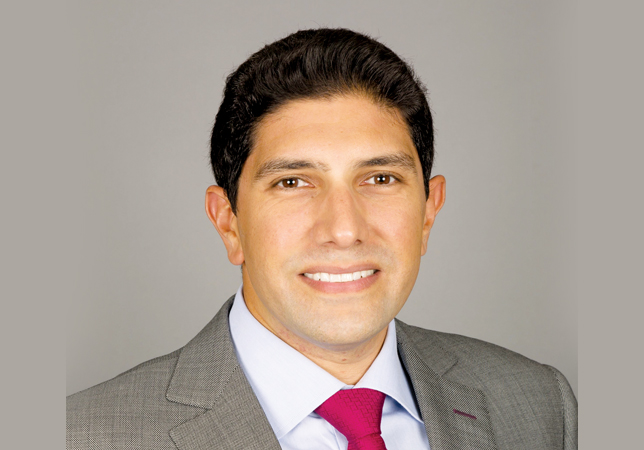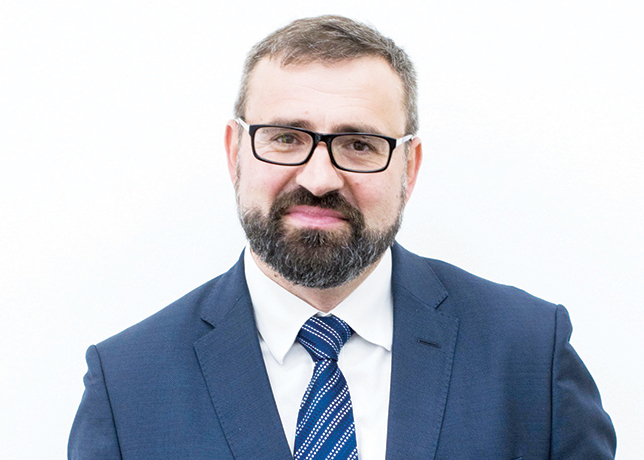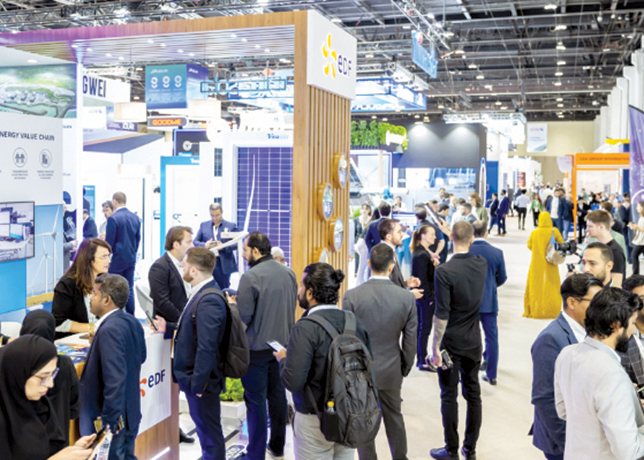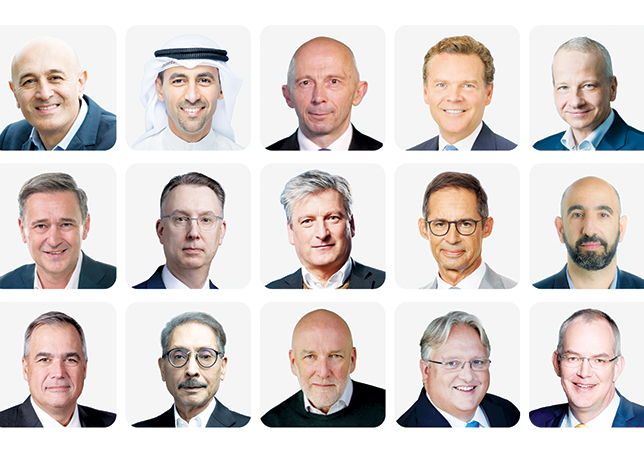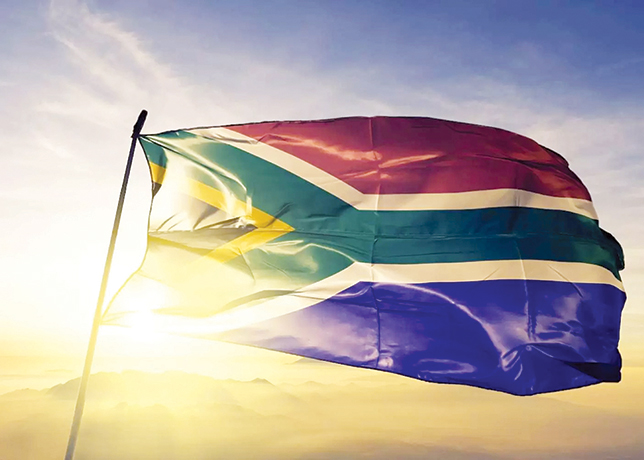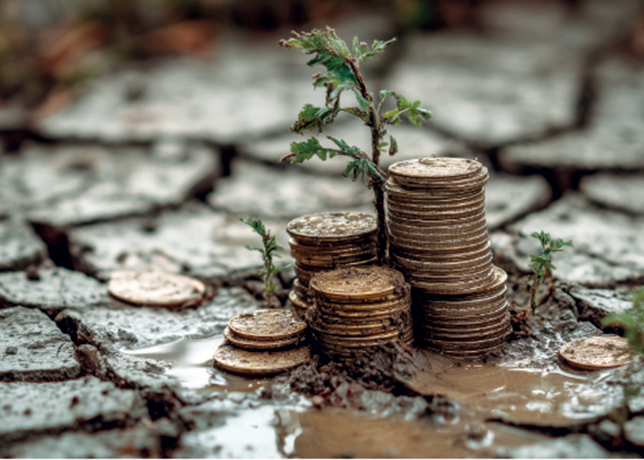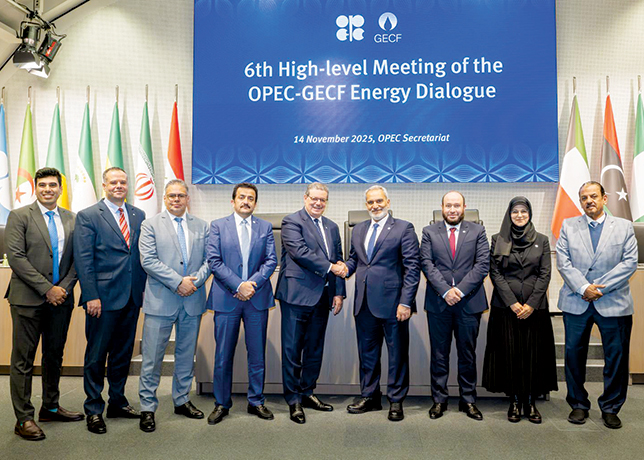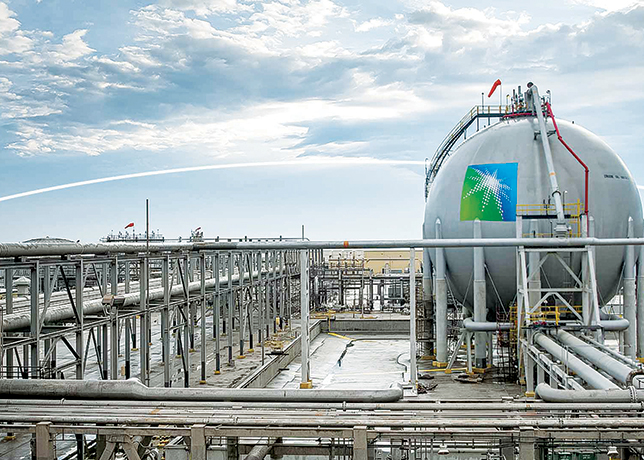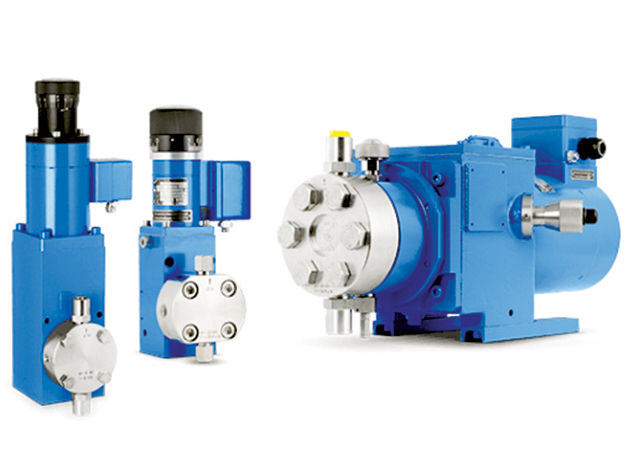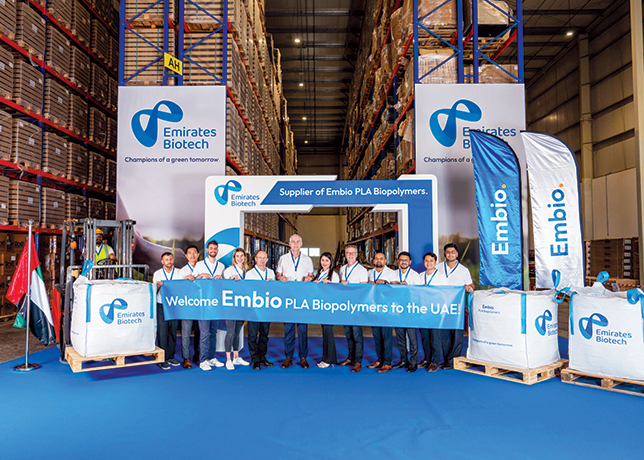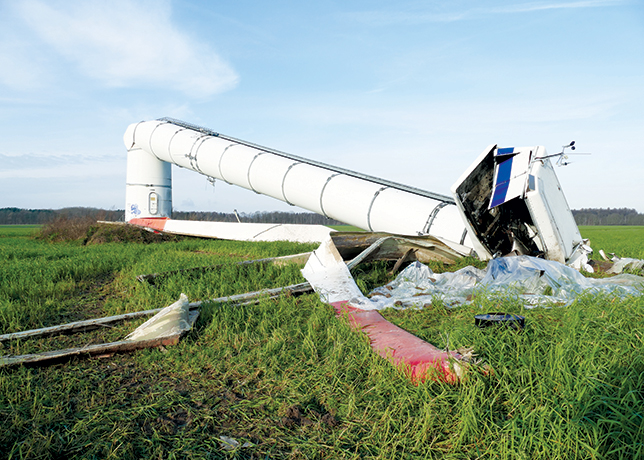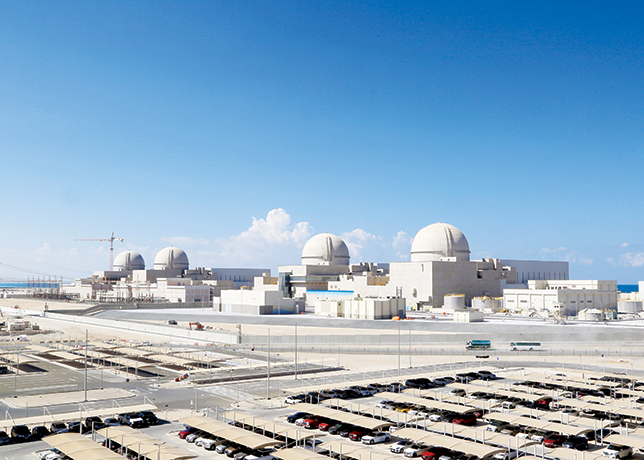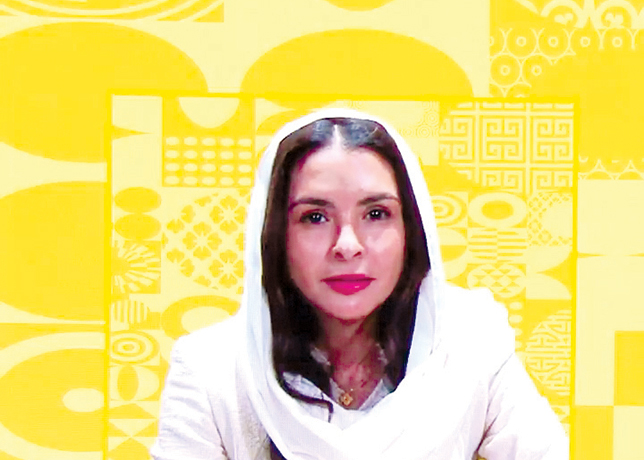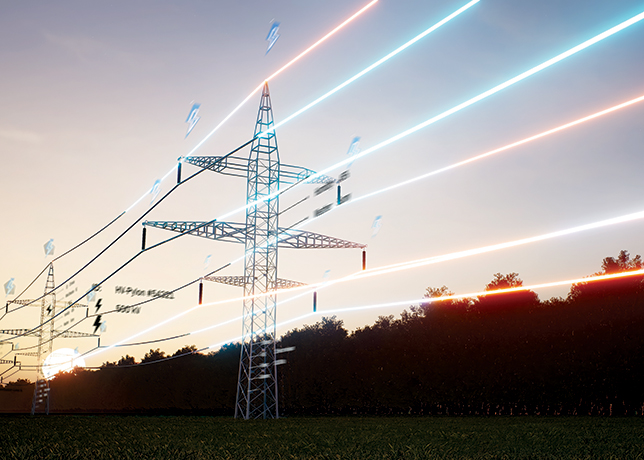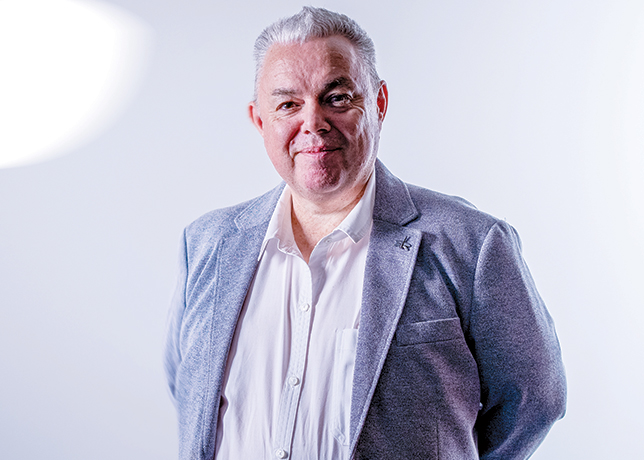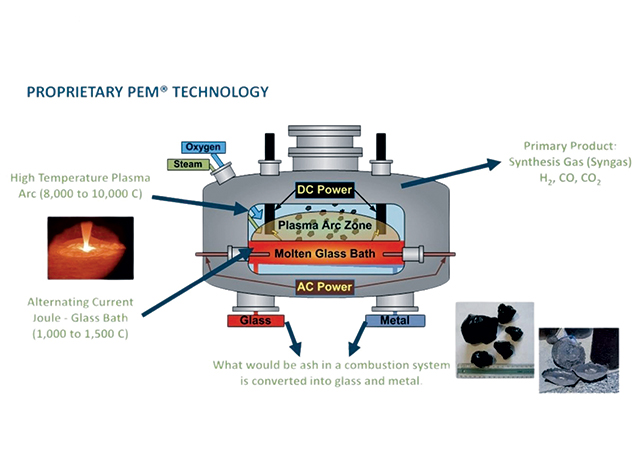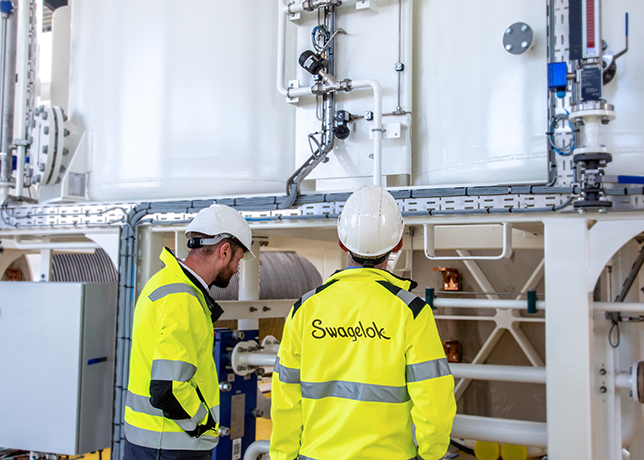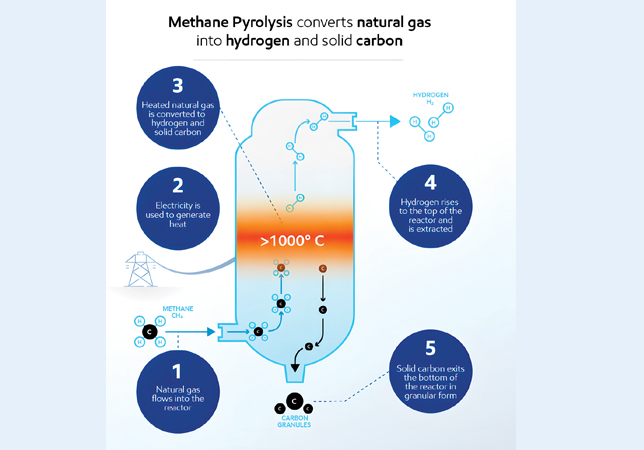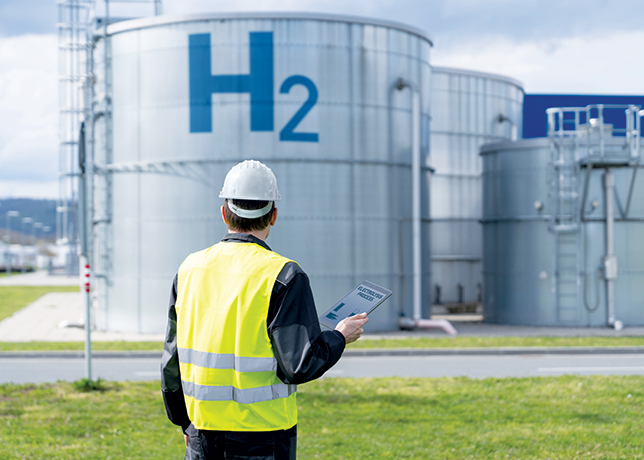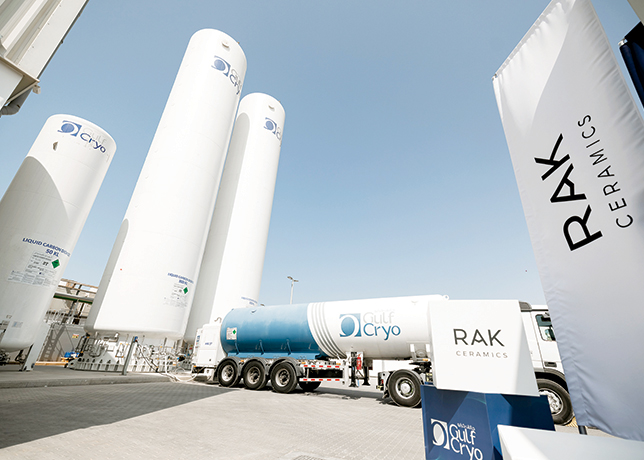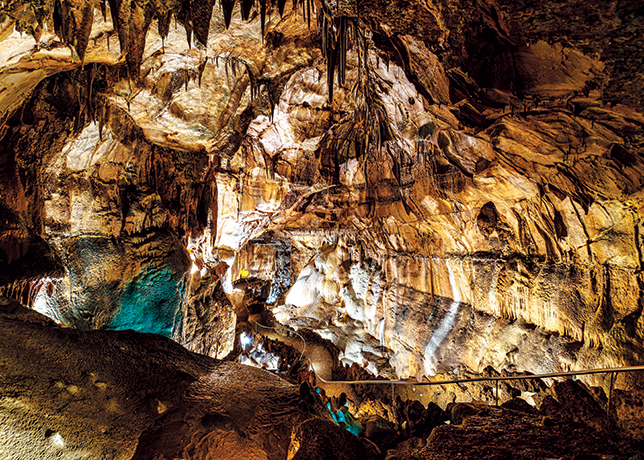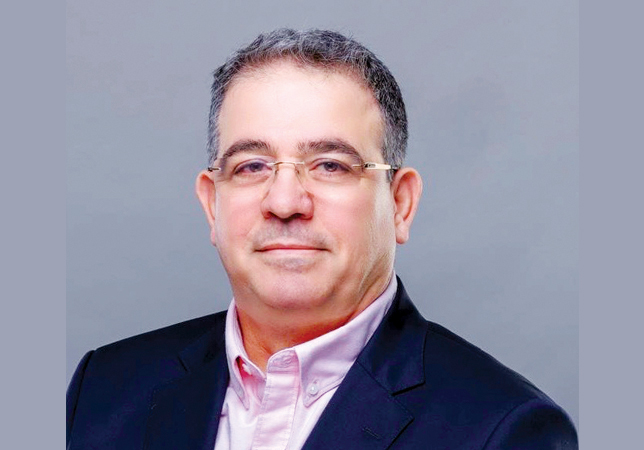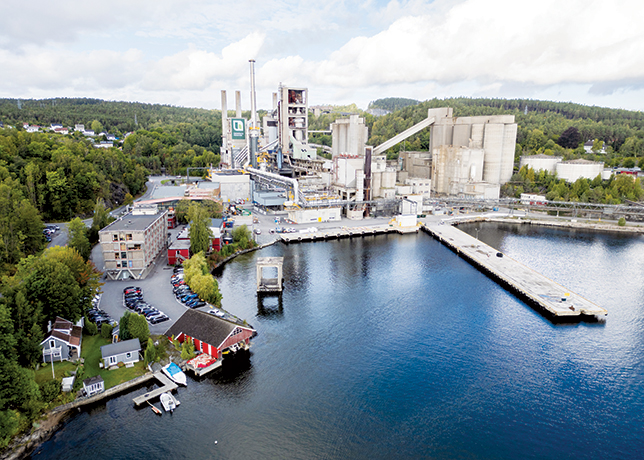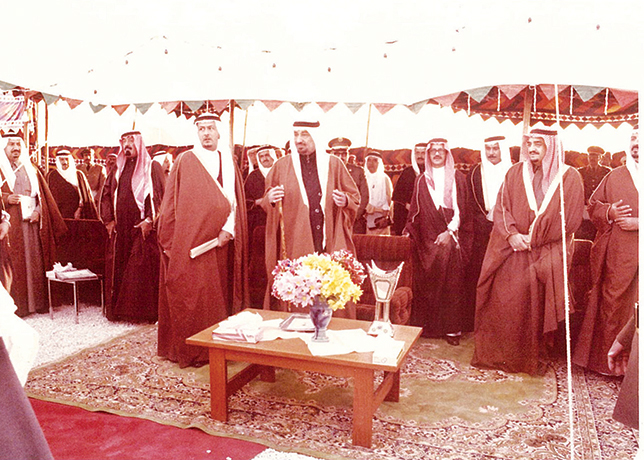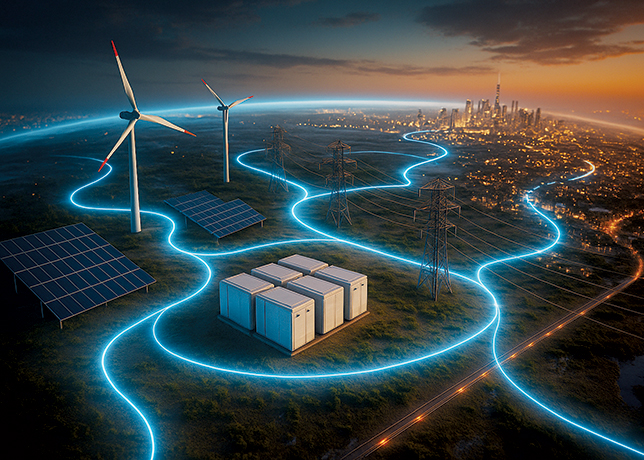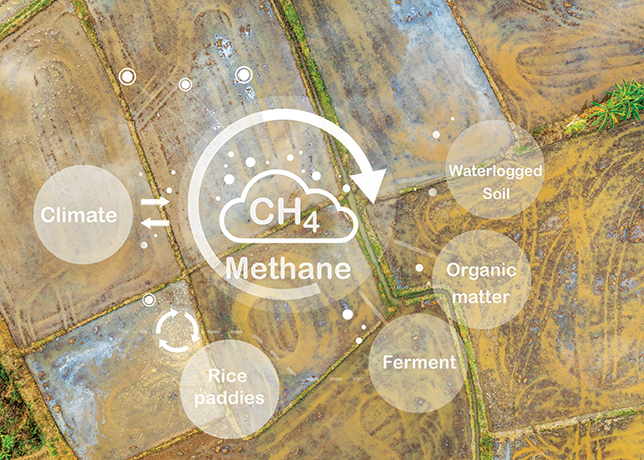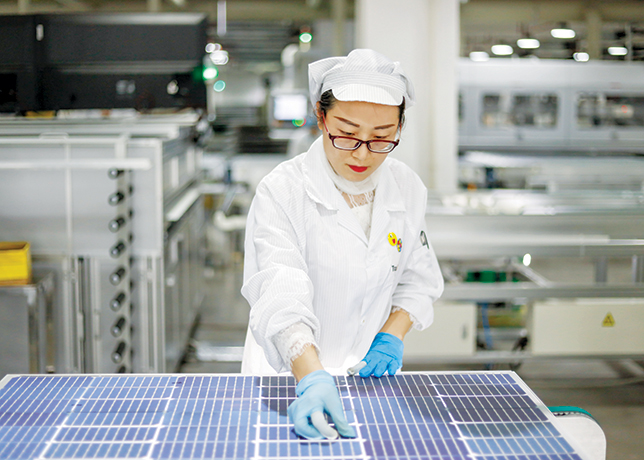

The earliest record of geologic work on Bahrain dates back to 1840, when Captain Constable furnished rock specimens to Dr Carter. An account of this was published in 1860.
In 1904, J C Gaskin heard of an oil seepage near Ha'lul Island in the Central Gulffrom the Al Dawasir Arab tribesmen. He notified the British authorities and, as a result, a geological and survey party studied parts of the Gulf area, including Bahrain in 1904-05.
Guy Pilgrim of the Geological Survey of India, who published the results of this study in 1908, wrote that 'the strata which overlie the Jebel ad Dukhan (`Mountain of Smoke') beds are admirably adapted lithologically for storing petroleum'.
In the early part of the century, the demand for petroleum products, particularly kerosene, had begun to grow. About 1914, the thoughts of His Highness the late Sheikh Isa bin Ali Al Khalifa, had begun to turn towards exploration for 'kerosene oil' in Bahrain.
Major Frank Holmes, a New Zealander, travelled the Arab lands of the Gulf after the First World War as the freelance representative of the Eastern and General Syndicate, a British group. His quest, in the early 1920s, was to search forground water and to obtain oil concessions. He obtained the first concession in the AI Hasa area of the mainland in 1923.
In 1924, Holmes visited Bahrain. He met with His Highness the late Sheikh Hamad bin Isa Al-Khalifa, Deputy Ruler of Bahrain whose desire was to develop agriculture projects utilising the country's fresh water resources.
An agreement was subsequently reached with Holmes to bore wells to alleviate the potential of a water shortage. Sheikh Hamad's vision however extended further than agriculture.
Concerned at the downturn of the pearling industry, he recognised the prosperity that could be achieved through oil, and seized the opportunity that existed by granting the syndicate an oil concession.
In later years, he played an increasingly active role to achieve this end.
Professor Madgwick, an experienced geologist, had studied Bahrain during his involvement with the Syndicate's boring of water wells.
In a highly favourable report, written in September 1926, he recommended that test drilling was called for on the basis of geology.
At that time, the Anglo Persian Oil Company held a very dim view of the oil prospects of the area. In fact, one of their sceptic geologists had ofered to drink every drop of oil `South of Basra'.
Having failed to ignite any enthusiasm from that company, Holmes turned towards American interests, transferring the Syndicate's option rights to the Eastern Gulf Oil Company, a subsidiary of the Gulf Oil Corporation, in November 1927.
Ralph Rhoades, a geologist of the Gulf Oil Corporation studied thegeology of Bahrain in February - March 1928, and concluded that `a test well favourably located on the Bahrain anticline may reasonably by expected to encounter oil'. However, through intensive negotiations, Gulf Oil ceded its interests in eastern Arabia and Bahrain to the Standard Oil Company of California (Socal) in December 1928 which led to the formation of The Bahrain0 Petroleum Company (Bapco) on January 11th, 1929, in Canada.
While the rounds of negotiations continued, Socal had been engaged in preparations to launch drilling operations in Bahrain.
Socal geologist Fred A. Davies (later Chairman of Aramco) accompanied by William F. Taylor of the International Division, arrived in Bahrain from San Francisco in May 1930 to conduct a survey. Davies' report, released in November 1930, noted the oil prospects were reasonably good. He recommended drilling near the top of the Bahrain structure, nearjebel ad Dukhan (`Mountain of Smoke') and marked the site for the first well.
On May 26th, 1931, a Socal party headed by Edward A Skinner, arrived to prepare for drilling. They were granted the honour of a dinner with the Ruler, where the warmth between parties that exuded was to set the tone for an abiding relationship between the Bahrain Government and Bapco.
Within a few months, equipment had been assembled at the foot of Jebel ad Dukhan. The well was 'spudded in' at 11 am on October 16, 1931, at a ceremony centred on the drilling bit of the well - which had become a symbol of hope. Deputy Ruler His Highness the late Sheikh Hamad bin Isa Al Khalifa worked the first few blows of the cable tool drill, setting in motion the oil era in Bahrain.
In the morning ofjune 2nd, 1932, the well started to blow heads of oil, mud and water, creating an initial flow rate of 400 barrels per hour.
The Bahrain Field had been discovered and an optimistic window on the oil prospects of the whole region opened, creating interest in drilling in Saudi Arabia, Kuwait and Qatar. Many years later, the pioneer, Davies would remark 'Everything has turned out better than we could have hoped for in our wildest, flights of fancy'.
Well Number 2 commenced drilling the same year and, as the new year dawned, the well had reached 2008 feet (the lucky depth of the discovery well). Gas and oil broke through, and, in the words of the Advisor to the Government, Charles Belgrave, the scene was one of `black oil ,flowing down the wadis. . . It was a great day for Major Holmes, who now saw visible proof of what he had always believed.'
On December 29th, 1934, His Highness the late Sheikh Hamad bin Isa Al Khalifa granted a Mining Lease to Bapco for 55 years covering 100,000 acres.
The first 21 wells, completed the delineation of the field. This included eight producing zones - called `Bahrain Zones' thereby immortalising the country's name in the annals of the oil industry. From 1936, further reserves of oil were sought through the deepening of the old wells and drilling new ones. By 1937 - 38, hydrocarbons had also been discovered in the deeper `Arab Zones', which had, by this time, proved productive in Dammam in Saudi Arabia. Deeper drilling into the `Arab Zones' in 1938 established the presence both of moderate quantities of oil and of considerable gas reserves. The latter was to prove to be a most important resource in later years.
The two years following the discovery saw the drilling of wells for production and for observing the reservoir. Preparations were made for commercial production by construction offield installations.
An engineering study concluded that pressure maintenance could achieve a higher ultimate recovery from the productive `Mauddud Zone' by injecting gas from the deeper `Arab Zones'.
Oil production from the `Arab Zones' commenced in 1938 and a year later, field production had reached 21,000 barrels per day, climbing to 30,000 barrels after the Second World War.
In 1957, development was switched to the shallower zones and to the `Southern Extension' of the field and output reached 45,000 barrels per day. The steady increase in production which began in 1936 peaked at a rate of 76, 639 barrels per day in 1970.
With commercial oil production from the Bahrain Field, construction of marine loading facilities commenced at Sitra in early 1934.
Socal's tanker El Segundo completed this task and left with the first shipment, 25, 082 barrels of Bahrain crude for Yokohama, Japan, on June 7, 1934.
International competition led to the construction of the Bahrain Refinery. The first Crude Distillation Unit, with a capacity of 10,000 barrels a day, became operational on July 12th, 193 6, growing to 25, 000 barrels a day the following year.
The refinery was officially opened by His Highness the late Sheikh Hamad bin Isa Al Khalfa on December 11, 1937.
By 1939, Bahrain was fortunately placed, with a refining capacity of 35,000 barrels per day, a steady barge traffic carrying crude oil from Saudi Arabia to the Zallaq jetty, export facilities in place, and assured markets.
The years 1943-45, were full of activity in Bahrain. Major expansion of the refinery was completed, new units were added, and an asphalt drum plant was built.
The 12-inch overland pipeline from Sitra to Zallaq was laid in 1944 and the submarine pipeline (then the longest) to Dhahran in Saudi Arabia was completed in 1945. This pipeline, known as the A-B pipeline (Arabia-Bahrain), doubled the crude supply to the refinery. A 'T-Shaped' wharf with berths for four tankers was completed at Sitra in 1945.
From the 1940s, the world witnessed the growing importance of oil and gas as the principal source of energy and as a vehicle for industrialisation. Bahrain's oil industry grew in line with these global changes.
The capacity of the underwater section of the A-B pipeline was doubled in 1952, while refinery capacity was increased by stages to reach a level of 250,000 barrels per day. It also has the capability of producing a wide range of finished products.
In 1951 - 52, the Government derided to harness electricity, as the principal source of domestic energy for the country.
The first power plant was erected in Juffair and gas supplies from the `Arab Zones' to the new Power Station started in 1955.
This was followed by plants in Sitra (1975) and Rifa's (1978).
The Arab Zones were eventually replaced by the more extensive reserves from the `Khuff Zones'.
In addition to providing gas for injection and the power station, new uses were identified.
The first and most prominent was the supply to the Island's aluminium smelter, which started production in 1971.
During the 1930s, His Highness the late Sheikh Hamad bin Isa Al Khalifa, had been keen on expanding the search for oil in new areas beyond the original 100,000 acres granted under the Mining Lease. On June 19, 1940, he awarded rights over a wider area to Bapco.
Tremendous efforts were made to locate additional reserves through geophysical surveys and drilling outside the limits of the Bahrain field, both onshore and offshore areas. In the 1950s to 1970s marine and onland seismic surveys were made, along with extensive land gravity surveys.
The usage of a hovercraft, for the first time in the world, to conduct a marine gravity survey was in Bahrain in 1970. These surveys led to the drilling of several wells.
The accession of His Highness the late Shaikh Isa bin Salmon Al-Khalifa in 1961 as the Amir of the State of Bahrain marked the beginning of an era of great achievements for the country, nurtured by His Highness' vision and guidance, led by the statemanship of His Highness Sheikh Khalifa bin Salman AI-Khalifa, the Prime Minister and supported by His Highness Sheikh Hamad bin Isa Al Khalifa, the Crown Prince.
During His Highness's reign, Bahrain saw the greatest achievements and prosperity, especially after the declaration of its independence in 1971, making it a prominent centre not only for the oil industry but also for international trade, finance, air transport and other industries, in addition to having excellent educational and health care systems and a high standard of living in a very stable and peaceful environment.






